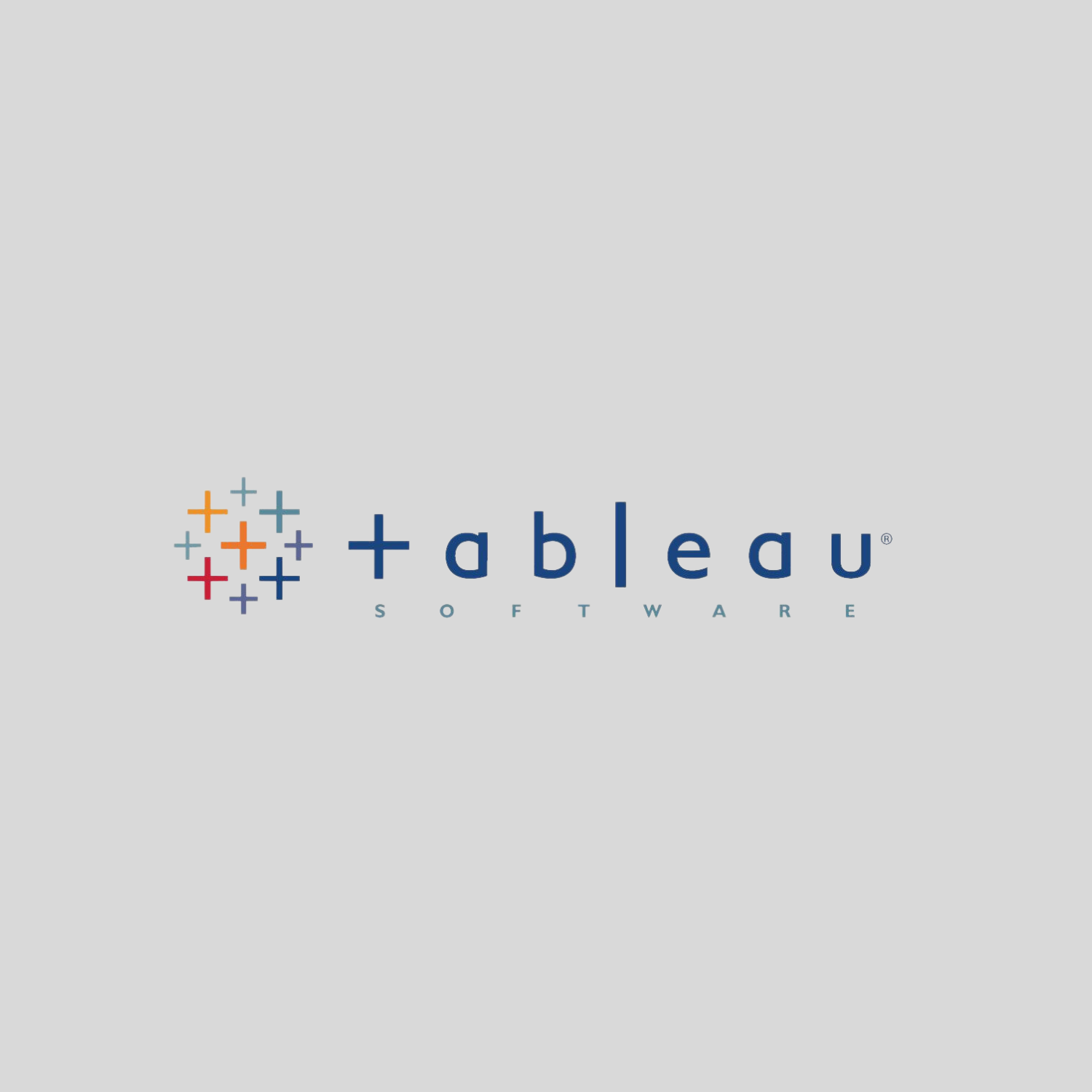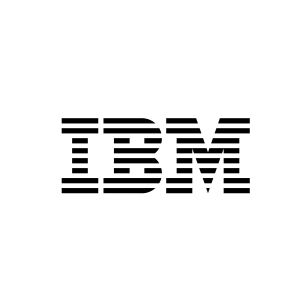Description
Prerequisites
This is an Intermediate and beyond-level Tableau course geared for experienced Tableau users who wish to leverage Tableau’s more advanced capabilities.
Take Before: Attending students should have skills equivalent to or should have recently attended one of these courses:
Course Objectives
This skills-focused course is approximately 50% hands-on, combining expert lecture, real-world demonstrations and group discussions with machine-based practical labs and exercises. Working in a hands-on learning environment led by our expert facilitator, students will learn how to:
- Build advanced chart types and visualizations
- Build complex calculations to manipulate your data
- Work with statistics and statistical techniques
- Work with parameters and input controls
- Implement advanced geographic mapping techniques and use custom images and geocoding to build spatial visualizations of non-geographic data
- Implement all options in working with data: Joining multiple tables, data blending, performance considerations and working with the Data Engine, sharing your connections as meta data, and understand when to implement which connection method.
- Build better dashboards using techniques for guided analytics, interactive dashboard design and visual best practices
- Implement many efficiency tips and tricks
- Understand the basics of Tableau Server and other options for sharing your results
Outline: Next-Level Tableau for Power Users (Intermediate Tableau) (TTDTAB015)
Introduction and Getting Started (Quick Refresh, Optional)
- Why Tableau? Why Visualization?
- The Tableau Product Line
- Level Setting – Terminology
- Getting Started – creating some powerful visualizations quickly
- Review of some Key Fundamental Concepts
Filtering, Sorting & Grouping
- Filtering, Sorting and Grouping are fundamental concepts when working with and analyzing data.
- Advanced options for filtering and hiding
- Understanding your many options for ordering and grouping your data: Sort,
- Groups, Bins, Sets
- Understanding how these options inter-relate
Working with Data
- Learn the difference between joining and blending data, and to do each
- Consider the implications of working with large data sets, and options for when and how to work with extracts and the data engine.
- Investigate best practices in “sharing” data sources for Tableau Server users.
- Data Types and Roles
- Dimension versus Measures
- Data Types
- Discrete versus Continuous
- The meaning of pill colors
- Database Joins
- Data Blending
- Working with the Data Engine / Extracts and scheduling extract updates
- Working with Custom SQL
- Adding to Context
- Switching to Direct Connection
- Building meta data via shared Data Source connections
- Performance considering and working with big data
- OLAP considerations (Overview)
Working with Calculated Data and Statistics
Understand the intricacies of manipulating data within Tableau
- A Quick Review of Basic Calculations
- Arithmetic Calculations
- String Manipulation
- Date Calculations
- Quick Table Calculations
- Custom Aggregations
- Custom Calculated Fields
- Logic and Conditional Calculations
- Conditional Filters
- Advanced Table Calculations
- Understanding Scope and Direction
- Calculate on Results of Table Calculations
- Complex Calculations
- Difference from Average
- Discrete Aggregations
- Index to Ratios
- Understanding where Calculations Occur
- Statistics
- Reference / Trend Lines
- Statistical Calculations
- Summary Stats
- Cohort Analysis
- Working with Dates and Times
- Continuous versus Discrete Dates
- Dates and Times
- Reference Dates
Advanced Mapping
Learn the intricacies of working with the mapping function within Tableau including working with custom geographies and geo-coding, working with an alternate WMS server and spatially visualizing non-geographic data
- Fundamentals Review: Building basic maps
- Fixing geographies
- Geographic Fields
- Map Options
- Built-in Demographics / Layering
- WMS – working with a Web Map Service
- Importing Custom Geographies
- Assigning Geographies to Non-Geographic fields
- Distance Calculations
- Spatially Visualizing non-Geographic Data using background images and geo-coding
Working with Parameters
How to use parameters to modify our title, create What-If analysis, etc.
- Parameter Basics
- Data types of parameters
- Using parameters in calculated fields
- Inputting parameter values and parameter control options
- Advanced Usage of Parameters
- Using parameters for titles, field selections, logic statements, Top X
Building Advanced Chart Types and Visualizations / Tips & Tricks
Create chart types and visualizations that may be less obvious in Tableau, as well as more common tips & tricks / techniques to assist customers in solving more complex problems.
- Bar in Bar
- Box Plot
- Bullet Chart
- Custom Shapes
- Gantt Chart
- Heat Map
- Pareto Chart
- Spark Line
- KPI Chart
Best Practices in Formatting and Visualizing
- Formatting Tips
- Drag to Legend
- Edit Legend
- Fill 100% Black Line
- Highlighting
- Labeling
- Legends
- Working with Nulls
- Table Options
- Annotations and Display Options
- Introduction to Visualization Best Practices
Building Better Dashboards
How to build effective and interactive applications via dashboarding.
- Interactive Dashboards
- Quick Filters
- Dashboard Objects
- Filter Actions
- Highlighting and Actions
- Performance
- Publish to Web
- Zones
- Guided Analytics
- Cascading Filters
- Highlighting
- Quick filter Options
- Select then See Visual
- Self-Populating Dashboards
- Shortcuts
- URL Actions
Overview – Working with Tableau Server
- Publishing to Tableau Server – Overview of publishing, scheduling & security options
- Tableau Server Usage – Interacting with Published Visualizations
Lab Setup Made Simple. All course labs and solutions, data sets, Tableau course software (limited version, for course use only), detailed courseware, lab guides and resources (as applicable) are provided for attendees in our easy access, no installation required, remote lab environment for the duration of the course. Our tech team will help set up, test and verify lab access for each attendee prior to the course start date, ensuring a smooth start to class and successful hands-on course experience for all participants.




